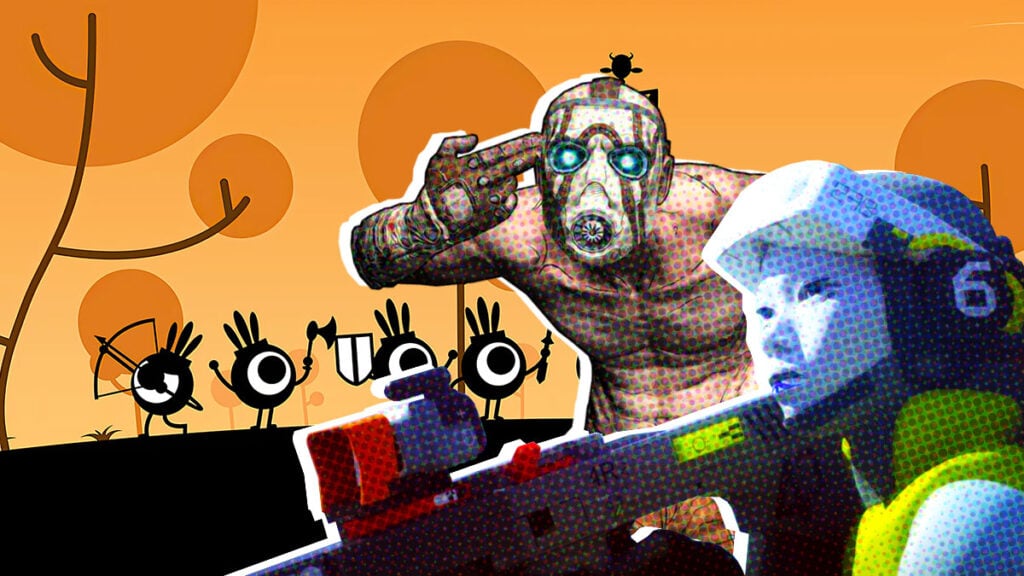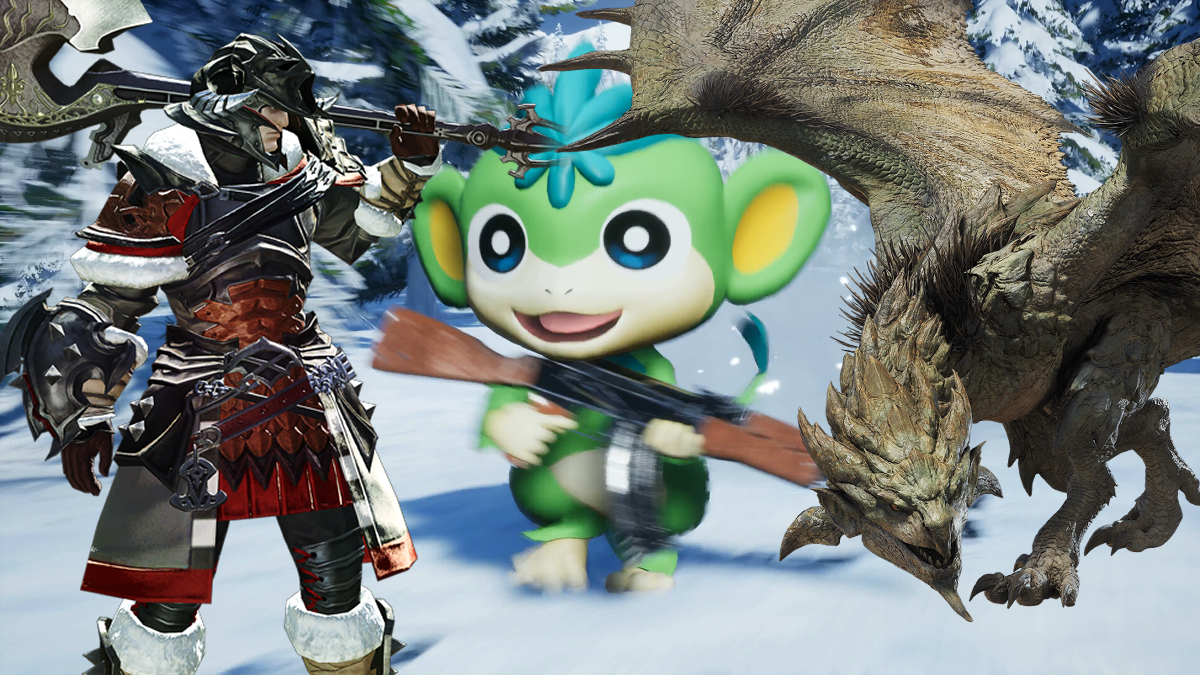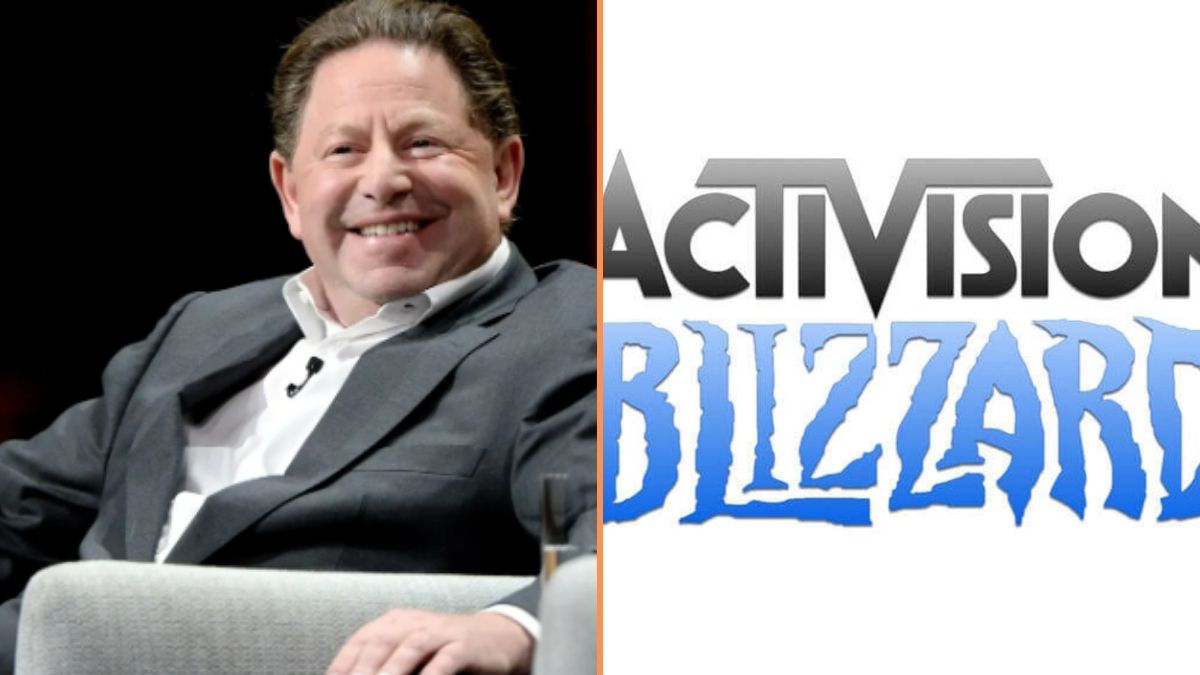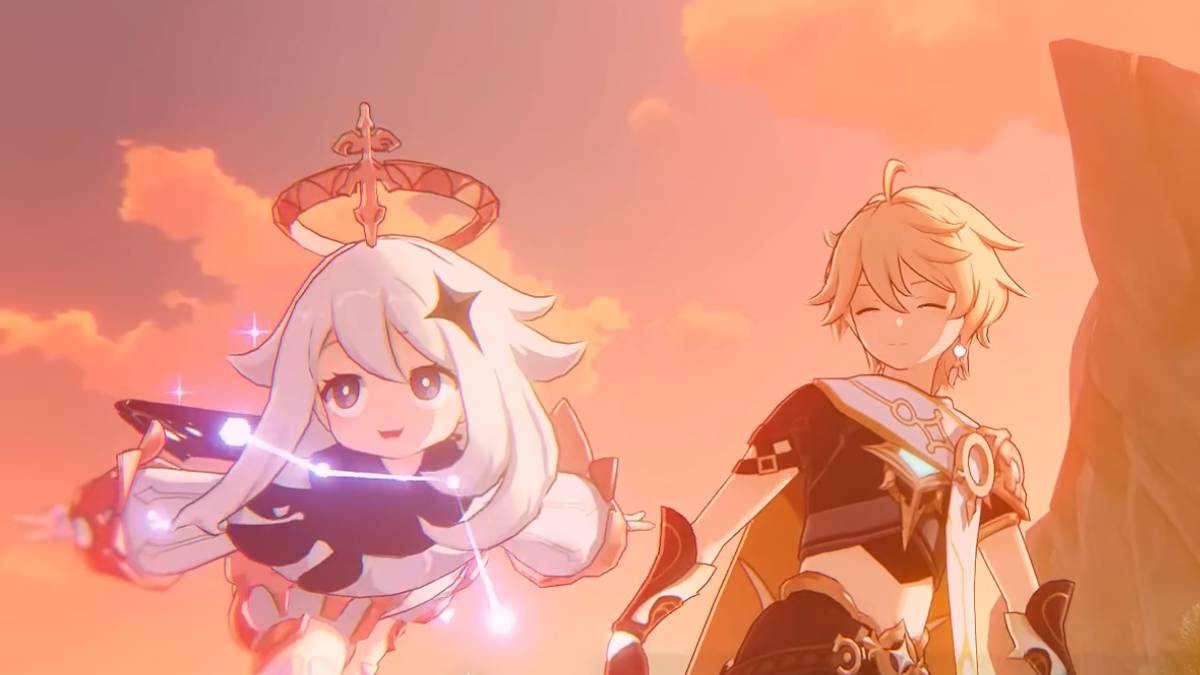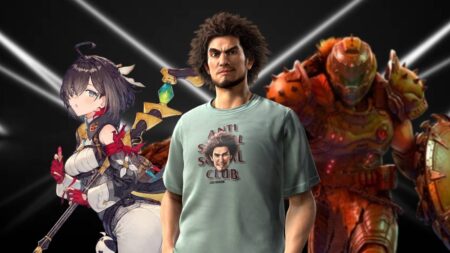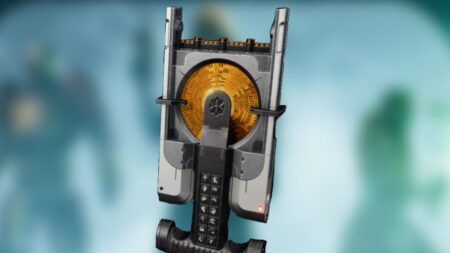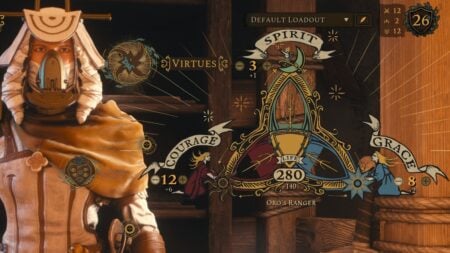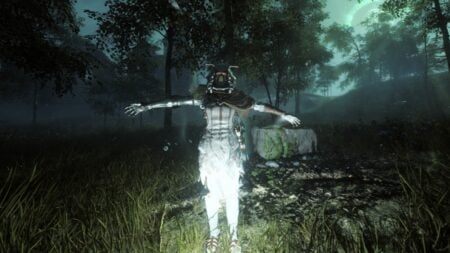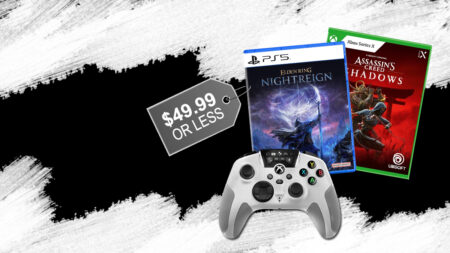Skip To...
They say imitation is the sincerest form of flattery. But in the world of game development, that ‘flattery’ can quickly turn into lawsuits faster than you can say cease-and-desist. You might think that only indie developers and smaller studios have been caught red-handed doing things like that. Nope. Even big-name game studios like Bungie, Konami, and PlayStation have all tiptoed, or tripped, into art plagiarism territory. Now let’s take a look at eight times when game developers pushed ‘inspiration’ to its absolute limit.
1. Marathon / Bungie vs 4nt1r34l
Let’s start with the freshest entry on this list: Bungie’s new project, Marathon. This extraction shooter reboot of the ’90s shooter franchise is already off to a controversial start. Thanks to a claim from concept artist Fern Hook, or @4nt1r34l on X, who accused Bungie of lifting designs from her portfolio.
Side-by-side comparisons showed that the Destiny developer might have straight-up copied all of Hook’s work. In-game textures even contain the same texts and hidden inside jokes like the Loss comic meme used in her drawings. Bungie is now investigating the ‘unauthorized use’ of her work, and the internet definitely won’t buy any sort of “Oh, we’re inspired by [X]” defense.
2. Borderlands / Gearbox vs Codehunters
Back in the mid-2000s, the brown, gritty, realistic art style was the industry standard. But then Borderlands broke the mold by delivering a Saturday morning cartoon visual on steroids. The cel-shaded, comic book-inspired style with a dash of ultra-violence and meta humor quickly proved to be a hit. But, it also looked suspiciously like an animated short called CodeHunters shown on MTV Asia. Both even opened with a bus trip through a wasteland.
CodeHunters creators Ben Hibon and Blinkink studio said they had submitted some concepts to the developer years prior, but never got any follow-up. Meanwhile, when asked by Kotaku, Gearbox head Randy Pitchford admitted that the team was heavily ‘inspired’ by the short.
Hibon doesn’t seem to mind the game series’ success that much. Still, to this day, fans are wondering if Borderlands should at least put the CodeHunters creator’s names in the credits. Especially when, allegedly, the game’s prototype looked extremely different from the end result.
3. CS:GO / Valve vs vexx
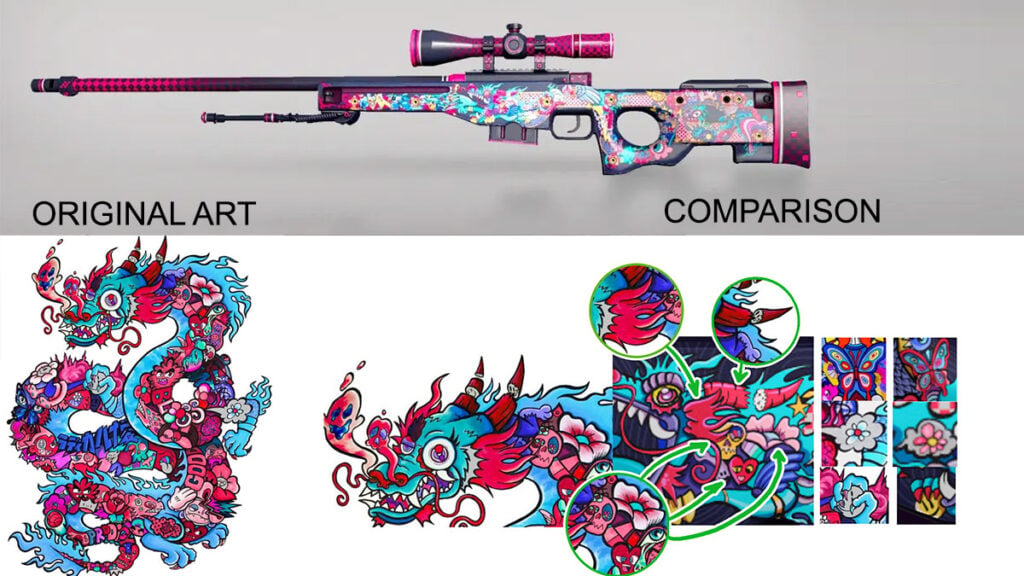
Valve found itself in hot water when community-made weapon skins in CS:GO were discovered to have ripped designs from other artists. One of the most talked-about cases involved the ‘Doodle Lore’ AWP skin, created by user Jimmba.
Fans quickly noticed that some of the illustrations looked suspiciously similar to the work of artist vexx. The comparison went viral, and once vexx contacted Valve about the issue, the skin was ultimately pulled from the game. While the Half-Life creator wasn’t directly responsible, the lack of control for workshop content turned out to be a major facepalm moment.
4. Call of Duty / Activision vs Sail Lin
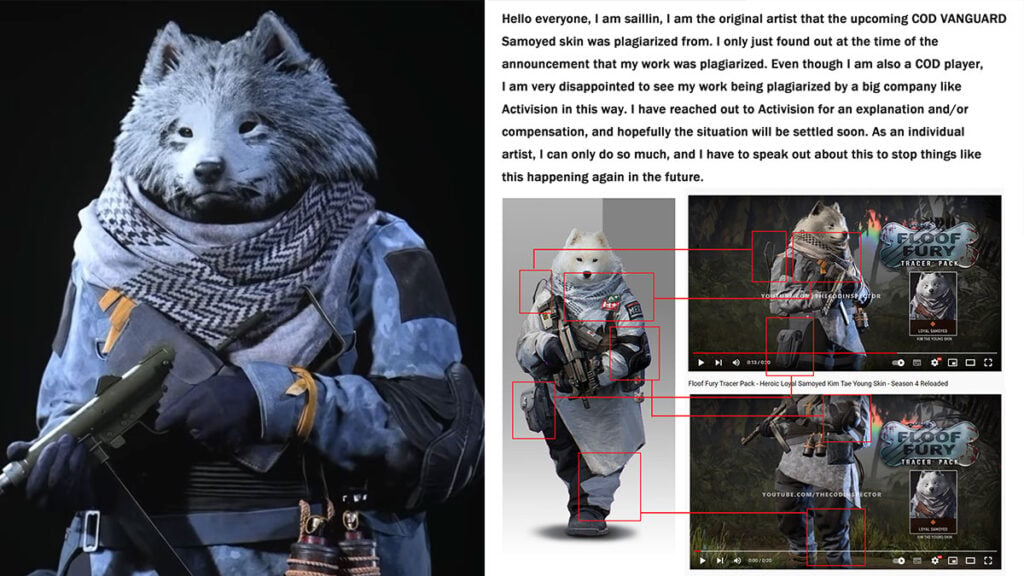
Activision has made an empire off of Call of Duty, but originality isn’t always part of the package. I’m not even talking about how a lot of the campaign beats feel like a copy-and-paste between each release.
Artist Sail Lin accused Activision of copying their character design for the Loyal Samoyed skin in COD Warzone and Vanguard. The character’s clothing, pose, and even accessories were nearly identical to Lin’s artwork. After the art plagiarism controversy spread, Activision removed the skin from the game. But like loyal hounds awaiting their master’s return, the internet never forgets.
5. MaxSplosion / Capcom vs ‘Splosion Man
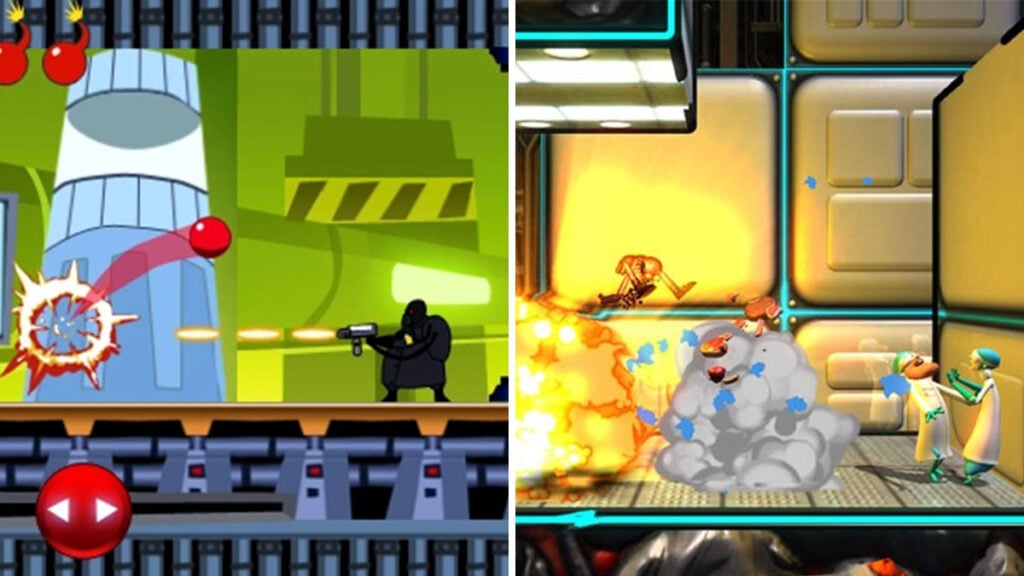
This one’s a doozy. Back in 2011, Capcom Europe released a small game called MaxSplosion on iOS, a side-scrolling platformer starring a bomb-happy protagonist. Unfortunately and unsurprisingly, people quickly make a connection to Twisted Pixel’s indie darling, ‘Splosion Man.
Same mechanics, same explosive gimmicks, and even the same platformer level structure. When called out, Capcom’s response was… let’s say ‘half-hearted.’ It claimed its mobile division had never heard of ‘Splosion Man, and the idea was developed in a vacuum. Sure, and exploding the alligator with an oxygen tank in Resident Evil 2 was not a Jaws reference.
6. Metal Gear Solid / Konami vs Georgy Sviridov
The Metal Gear Solid franchise has always prided itself on cinematic and emotional storytelling, with iconic music to back it up. But one particular track sounded eerily like a piece by Russian composer Georgy Vasilevich Sviridov. Try listening to the video above; the resemblance between the Metal Gear Solid main theme by Tappy Iwase and Winter Road is uncanny.
Hideo Kojima himself was reportedly surprised when shown the original track during an interview with Igromania Games Magazine. Whether it was homage or uncredited inspiration, in response, Konami and the MGS team stopped using the theme song starting from MGS4. Many fans understand the decision but lament the loss of one of the most iconic pieces of video game soundtrack due to plagiarism.
7. Dragon Ball Z: Budokai / Bandai Namco vs Stratovarius
Speaking of art plagiarism in video game music, here’s another one for you. Dragon Ball Z Budokai was considered by many as the pinnacle of Dragon Ball and PS2 anime games. However, some sharp-eared fans, such as YouTuber J and a friend, noticed something fishy. As seen in the video above, J pointed out that several tracks from the game shared suspiciously similar chord patterns to other songs. Music made by Finnish power metal band Stratovarius, to be precise.
Tracks like Hunting High and Low, Glory to the World, and Infinity all seemed to echo within the battle arenas. Bandai Namco eventually used a fresh soundtrack for Budokai HD Collection and later copies of Raging Blast 2. Toei even booted the composer, Kenji Yamamoto, out of all Dragon Ball-related projects since.
8. Patapon / PlayStation vs Bendito Machine
PlayStation’s rhythm strategy game Patapon is known for its cute and very distinct minimalist, tribal art style. Still, according to some, this unique style was ‘borrowed’ from the short film Bendito Machine by artist Jossie Malis.
The similarities are hard to ignore: flat silhouettes, ornate backgrounds, and abstract machinery moving to a beat. To make Patapon‘s case worse, the animated series debuted one whole year before the game’s release. Malis never took legal action, but some fans have continued to debate how ‘inspired’ Patapon really was.

